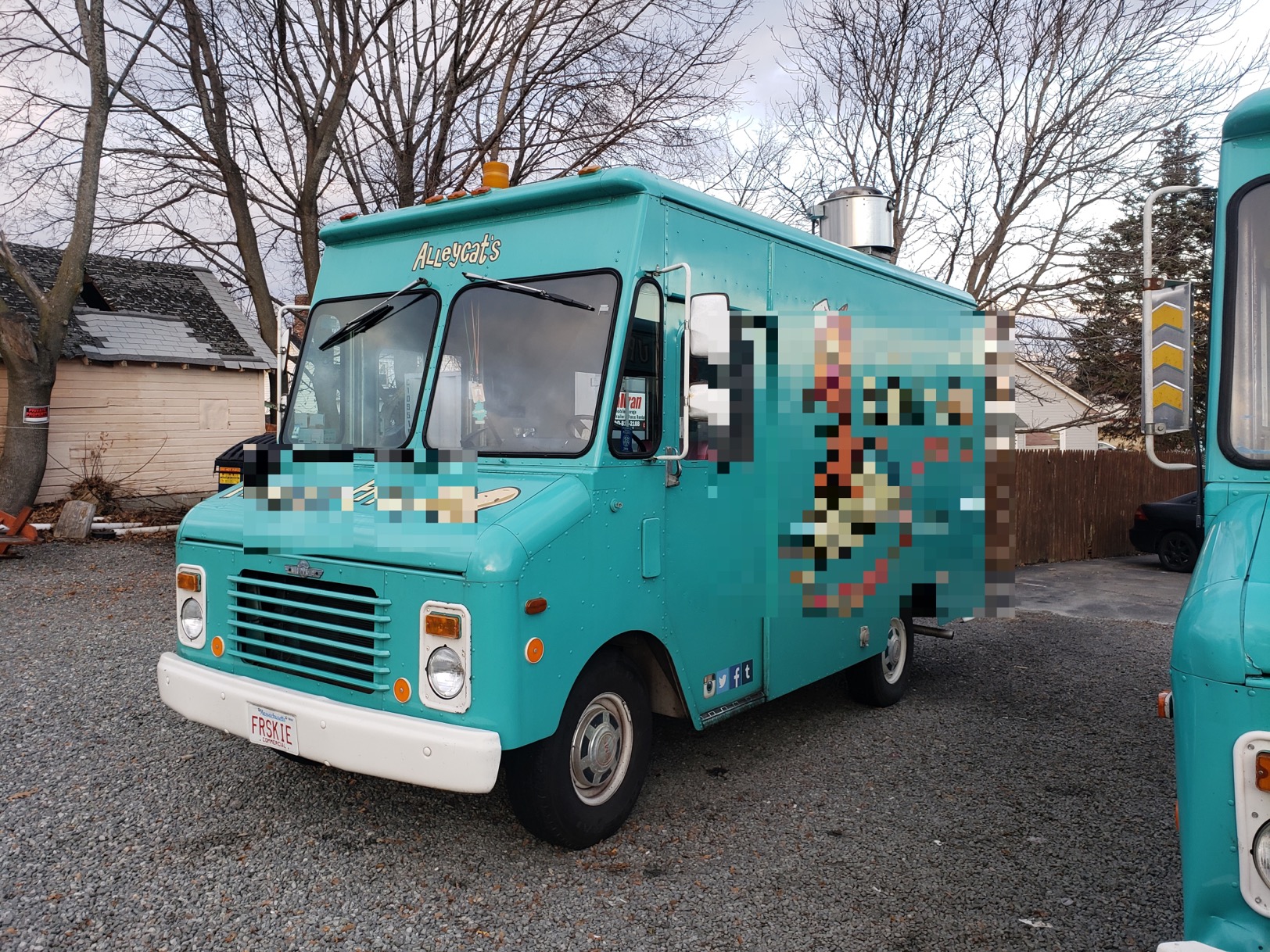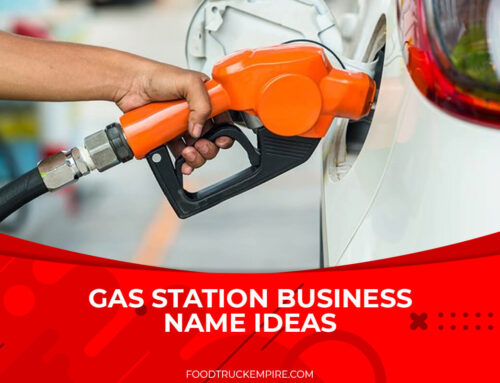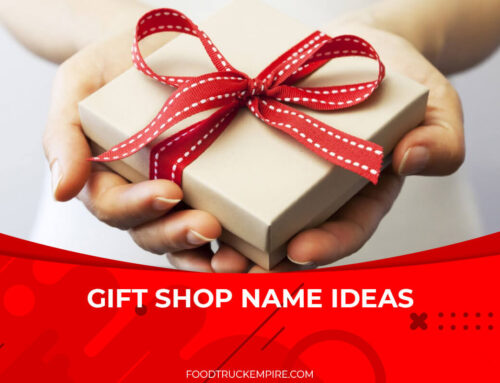And that is okay, it happens to the best of us, so here is a helpful checklist to help guide your small business plan.
Get On With the Plan!
The excitement and the rush that comes along with the idea of opening up a new business could make the rest of the process look almost too easy, especially if this business is something like a small food business, since there is plenty of room for creativity.
Creating a business plan is the most important, fundamental part of it all, so go ahead and set the foundation. Your idea for your food business plan might be unique, but generally speaking any good business plan should include the following:
A) Business Entity
Decide the business entity; know how to form an LLC (limited liability company), sole proprietorship, or a general partnership.
If you’re planning to start a small food business, also look into creating a cottage food business. A cottage food business is a great way for everyone from hot dog vendors to granola bar businesses to get started affordably and in a simple manner.
Rules will vary for the cottage food business by state, however, it’s worth looking into in the early days. This business entity will in most cases allow you to cook or assemble products in a home kitchen. This new set of laws enabled literally thousands of business owners to get their start.
Once you start to generate some sales and building a name for yourself, you’ll need to start thinking about transitions to a different business entity. These cottage food businesses have strict annual income restricts ranges from around $20,000 – $60,000 in annual sales depending on sales. While this might not be a long term solution, it can help you to affordable get your start.

A food truck could be formed in a variety of different business entities.
B) Business Concept
Concepts are not limited; they could go anywhere from a full-service restaurant and bar, quick service restaurant to a food truck, etc.
There’s also plenty of new opportunities to be had serving the restaurant industry through food delivery services. This is a sector with plenty of disruption happening right now.
C) Marketing
Have fun with your logo; make it resemble your concept and brand. Try to make your logo unique; so it can stand out, which means people will automatically recognize your brand.
D) Select Your Target Market or Ideal Customer
Figure out who you’re targeting with your concept and prices, how will you target them, and who else might be attracted to your food business.
When selecting your target market, implementing common sense applies. If you’re customers are between the ages of 18 – 25, you’ll want to use social media and vide advertising specifically to reach this younger demographic. Fortunately, it’s easier for food businesses to receive a lot of natural engagement and shares by posting an appetizing photo or a meal that includes your specific product.
If you’re going for an older demo, that doesn’t mean social media won’t work. But you’ll certainly want to refine the creative of your advertising.
E) Location
Location is subjective here because your food business can take place online or in an actual store, and if this is the case, pick a suitable neighborhood that has the best potential to host your store.
If you are going the brick and mortar route, don’t make the decision of choosing a location lightly. The location you choose could literally be the difference between a wild success or brutal failure. Not to add too much pressure of course!
F) Budget
We’re going to get really practical here: The first thing you want to do before starting a food business is understand how much it’s going to take to start.
While raising money from venture capitalists isn’t impossible, I’d bet you don’t know how to get in touch with any personally. Assuming you don’t have any rich uncles either means you’ll have to find a way to come up with the money yourself just like 99% of all other entrepreneurs have had to do before you.
First, figure out how much money you had readily available. You can create a simple spreadsheet or write it down on a piece of paper. Write down your savings, 401K, retirement accounts, any stocks you own, and even the amount of available credit you have at your disposal. This will give you a clear understanding what you have to work with right now.
Unless you’ve got a solid chunk of cash as a down payment, you may find it challenging to get a bank loan. Most lenders aren’t keen on giving out business loans to individuals that have never operated a business before.
If you currently own a home and have a lot of equity in it, taking out a loan against your house is a real option. For many people that live in states like California and have seen their home values literally double over the last 10 years this is a real opportunity if you have no other options.
After you Calculate your inventory, utilities, rent, labor, and your price range. When you’re in startup mode recognize that the costs can add up fast depending on the business model you plan to utilize. Restaurants will be more expensive than a food truck to start. A food truck will be more expensive than a pop-up stand.
If you don’t have the money to execute your original vision, see if there’s a cheaper way to get started that will serve as a proof of concept.
Prepare Your Equipment
Think about the proper equipment that you need; it is not preferable to start up your business without the right equipment that will only negatively affect the service that you provide to your first time guests.
Perhaps you’ll need to rent or buy everything from microwaves, ovens, grills, stoves, fryers, refrigerators, ice machines, walk-in freezers, cutting boards, cold food tables, countertops, and steam tables to glassware, barware, sauce pans, baking sheets, ladles, tongs, a sharpened knife set, silverware, tablecloths, napkins, placemats, chairs, tables, booths, décor and a host stand.
Team
Gather your team; different concepts will determine how big or small your team will be. A food truck might need 2-3 people max, but a dull-service restaurant will need a large sum of servers, hosts, kitchen staff, etc.
Licenses and Permits
You need your restaurant to meet the health, safety codes, and other food regulations. You also need licenses like, food service license, business license, tavern license, and liquor license.
Final Notes
Any business plan can be hectic, but with enough creativity and help it’s bound to go smoothly. Planning and re-planning is key, sometimes you need to revise your plan to make sure you that you have everything that your restaurant might need is jotted down. Don’t forget to acquire the proper equipment before starting up your store. Have fun with your branding, marketing, and design; make your place and logo stand out!




